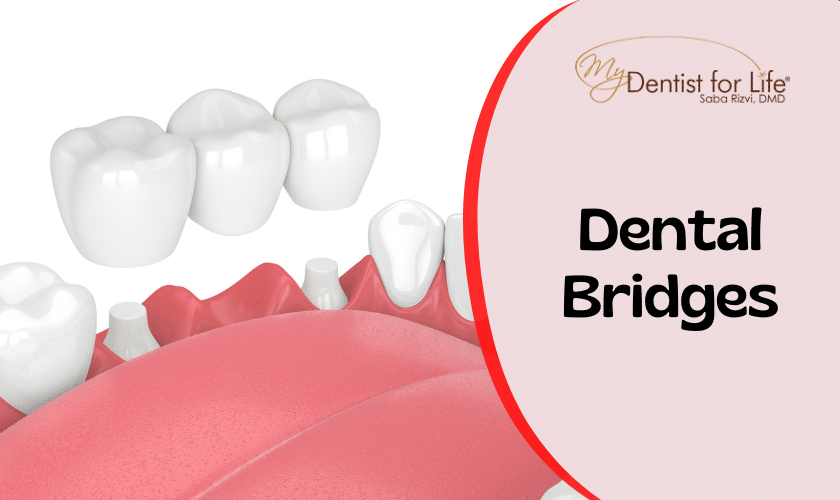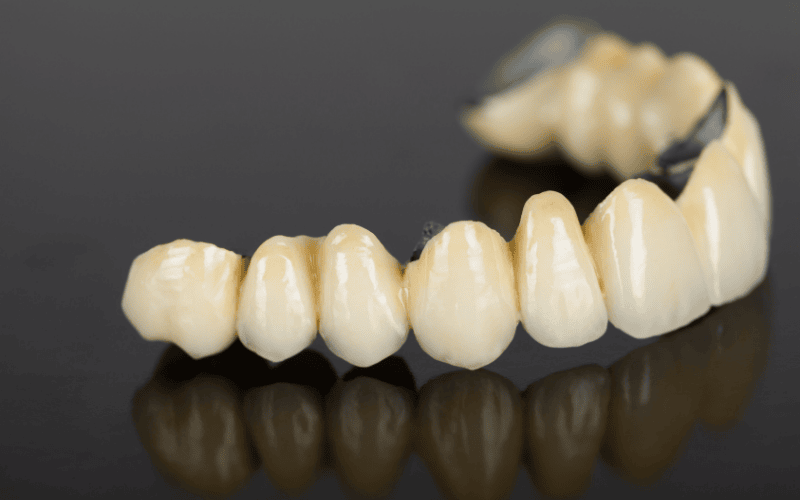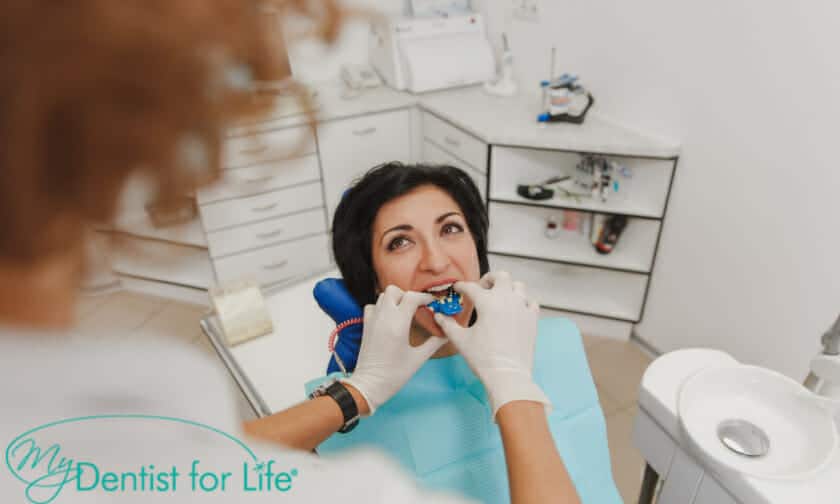ONLINE SCHEDULING AND VIRTUAL CONSULTS AVAILABLE

Essential Aftercare Tips For Dental Bridges: Maintaining Your Smile

Are you one of the millions of people who have dental bridges? If so, you know how important they are to your oral health and overall well-being. Dental bridges can make eating, speaking, and smiling easier and more comfortable. But like any dental procedure, it’s essential to take proper care of them to ensure they last as long as possible. In this blog post, we’ll go over some must-know aftercare tips for dental bridges for keeping your dental bridge in place and maintaining good oral hygiene. So sit back, relax, and read on to learn everything you need to know about taking care of your dental bridge!
How To Keep Your Dental Bridge In Place
One of the most significant concerns for those who have undergone dental bridge treatment is how to keep it in place. Dental bridges are prosthetic devices that replace one or more missing teeth, and they rely on surrounding teeth for support. Therefore, ensuring proper care and maintenance is crucial to prevent displacement or damage.
Firstly, avoid chewing hard foods such as ice cubes or hard candies, which can cause your dental bridge to loosen over time. Similarly, try not to use your teeth as tools to open packages or bottles.
Secondly, maintaining good oral hygiene practices can help keep your dental bridge firmly in place. Brush twice daily with a soft-bristled toothbrush and floss at least once every day carefully. This will remove any food particles stuck between the teeth and gums that could affect the stability of the dental bridge.
Thirdly, visit your dentist regularly for check-ups and cleanings at least twice a year. Your dentist will examine the condition of your restoration during these visits and identify any potential issues before they worsen.
By following these simple tips regularly, you can ensure that your dental bridge stays secure while also promoting overall oral health!
How To Clean Your Dental Bridge
Maintaining good oral hygiene is essential for the longevity of your dental bridge. Proper cleaning techniques can help remove food particles and bacteria that could cause damage or decay to your teeth.
To begin with, it’s important to brush your teeth at least twice a day, using a soft-bristled toothbrush. Make sure you reach all areas around the bridge, including the gum line. You can also use an interdental brush or floss threader to clean between each tooth and under the pontic (replacement) tooth.
Using an antiseptic mouthwash after brushing can provide additional protection against bacteria and plaque buildup. Your dentist may recommend specific brands of mouthwash that are best suited for your needs.
It’s also important to avoid eating sticky or hard foods that could dislodge or damage your dental bridge. If you do consume these types of foods, be sure to rinse thoroughly with water afterward.
Regular check-ups with your dentist will help ensure that any potential issues are identified early on and treated promptly. They can also offer advice on proper cleaning techniques tailored specifically for you and your dental bridge.
By following these simple steps regularly, you’ll be able to maintain optimal oral health while keeping your dental bridge in top condition for years to come!
How To Replace A Dental Bridge
If you have a dental bridge that is old, damaged, or no longer fits properly, it may need to be replaced. Replacing a dental bridge can help restore the function and appearance of your smile. Here are some essential tips on how to replace a dental bridge.
Firstly, make an appointment with your dentist to discuss the replacement process. Your dentist will examine your teeth and gums, take X-rays if necessary, and determine if the existing bridge needs to be removed.
Once the old bridge is removed, your dentist will prepare the surrounding teeth for a new one by shaping them down slightly so that they can support a new restoration. Impressions are taken of your mouth which will be used as models for creating your new prosthetic device.
While waiting for your new bridge to be created in the lab – typically takes 1-2 weeks – temporary restorations may be placed over prepared abutment teeth until then.,
When complete, final fitting adjustments on tooth shape or color might still require additional appointments but once everything checks out okay there should not be any issues moving forward!
In summary, replacing a dental bridge requires careful planning and precise execution from both patients and their dentists alike!
How To Repair A Dental Bridge
Sometimes, dental bridges can become damaged or broken due to accidents or wear and tear over time. If this happens, it’s important to have them repaired as soon as possible to avoid further damage or discomfort.
The first step in repairing a dental bridge is to schedule an appointment with your dentist. They will examine the bridge and determine the best course of action based on the severity of the damage.
In some cases, minor repairs can be done without removing the entire bridge. This may involve filling in small cracks or reshaping a chipped tooth using a composite resin material.
For more extensive damage, such as a broken pontic (the artificial tooth that replaces a missing tooth), the entire bridge may need to be removed and replaced with a new one. Your dentist will take impressions of your teeth and send them off to a lab where they will create a new bridge customized for your mouth.
During the repair process, it’s important to continue practicing good oral hygiene habits such as brushing twice daily and flossing regularly. Your dentist may also recommend avoiding certain foods that could put stress on the repaired area until it fully heals.
Repairing a dental bridge requires prompt action and careful attention from both you and your dentist. With proper care and maintenance, your restored dental bridge can last for many years ahead!
Taking care of your dental bridge is essential to maintain good oral health and a beautiful smile. By following the aftercare tips outlined in this article, you’ll be able to keep your dental bridge in great shape for years to come.
Remember to keep your bridge in place by avoiding hard or sticky foods, cleaning it daily with specialized tools and solutions, replacing it if necessary with professional help, and repairing any damage as soon as possible.
If you have any concerns about caring for your dental bridge or notice any issues such as pain or discomfort, don’t hesitate to contact your dentist. With proper care and attention, your dental bridge will last a long time and give you plenty of reasons to smile.





